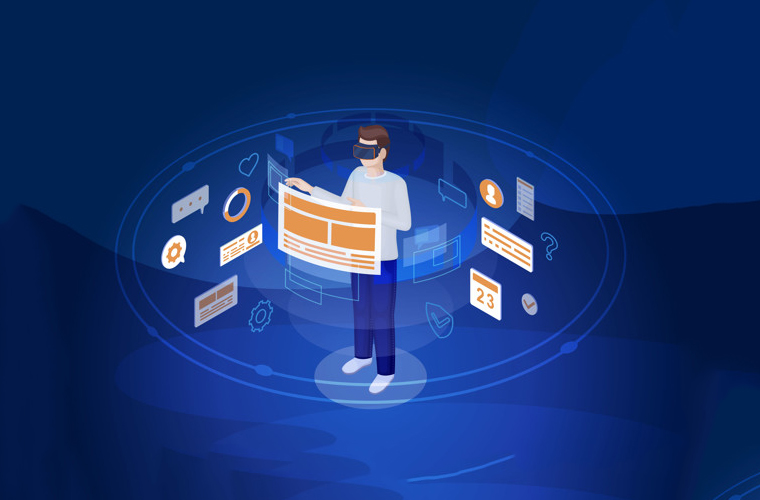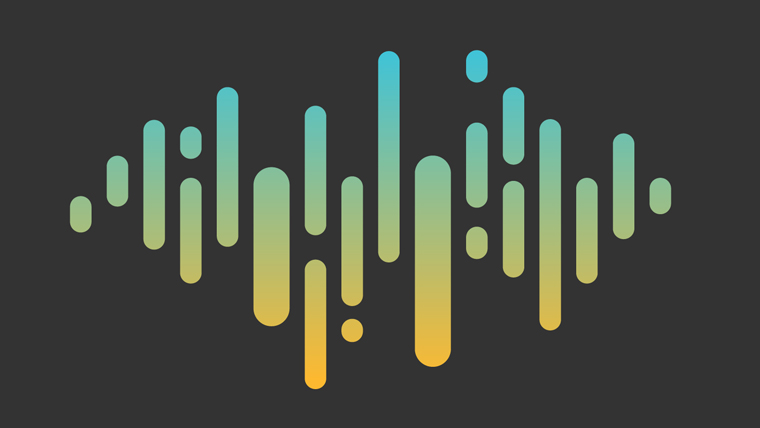India
#44, 2nd floor, 1st cross, 2nd main, Prashanth extension, Bangalore - 560066. +91 80883 21887 [email protected]
USA
101 Gillespie Dr, Franklin, Nashville Area, TN - 37067 +1 812 221 1110 [email protected]

User Interface (UI) design has completely reshaped the technology and the way end-users interact with machines. User Interface is not just a means to reconcile the end-users artistic sensibilities but is also used to generate adherent digital experiences.
As there is a rapid growth of technology, the design trend is getting influenced every year. We always need to be familiar with upcoming design trends by learning and improving our design toolkit based on the current market. Based on the research and observations, below given are the top 6 UI design trends that you should watch in 2020.
Micro-interactions are the most enchanting moments end-users will have while using the product. Micro-interactions are very critical moments for a product to offer a truly human experience. A micro-interaction can be referred to as an animation based tool to collect user feedback. Micro-interactions stimulates a feeling of well-being once it is discovered by end-users. It is the best technique of giving instant feedback to improve customer satisfaction and increase retention.

Today 3D designs and graphics are being used in video games, movies, and many other areas. A few decades ago 3D graphics was introduced and since then it has been enhanced dramatically. Mobile and web technology is growing rapidly fast. Augmented reality is to find a variety of use-cases in healthcare, game design as well as e-commerce industries. Now the trend is simple geometric shapes in an abstract composition. User Interface (UI) is used to balance creative 3D illustrations with enough white space to highlight bold colours and brand text messaging.
Today fonts are used to perform the dual task of attracting end-users and also for brand promotion. Bold typography has extraordinary potential when used properly in the correct place and the correct amount. Big typography is used to determine the visual hierarchy. Bold typography can easily bring the simplicity of a design in a minimalist website.

A few predictions around User Interface (UI) design will suggest that in 2020 screens will become outdated. Customers need to interact with SmartWare and are going to have experience in the form of Virtual/ Augmented/ Mixed Reality. As customers in this digital era don’t want to see things, they just want to live them. Augmented Reality (AR) is a set of computer-generated information which can be experienced through movements in wearable devices, which is slowly blurring the lines between virtual and reality. In 2019, it is observed that the VR & AR experiences from Oculus Rift to Pokemon Go.

Nowadays the trend is not either very bright and flashy gradients. Mostly, the designers prefer to utilize very easy and fine gradients. The trend now is for the low key gradients which came from the flat-design and web. Gradients are required in graphic design to give the image volume. In the last decade, sensibilities of the end-user have changed. The online experiences are a basic experience of our existence, that is why art and technology often mock each other.

In 2020, the User Interface (UI) design will also see sound layers. A variety of sounds will be incorporated with UI design so that the end-users will be able to hear them while using a website or a mobile app. User Interface (UI) design with sound can add to the delightful experience to the user and can make their journey pleasant and enjoyable on the website or mobile app. User Interface (UI) design is currently trending and limited to desktop applications because it is quite distracting but has an importance on mobile interfaces.

Read more: UX Design Trends for 2020
In 2020, User Interface (UI) design trends are not only for satisfying end-user artistic requirements but are also highly optimised to provide a higher degree of accessibility and usability to the end-users. A profound combination of these trends backed with detailed user research leads to improved user experience.